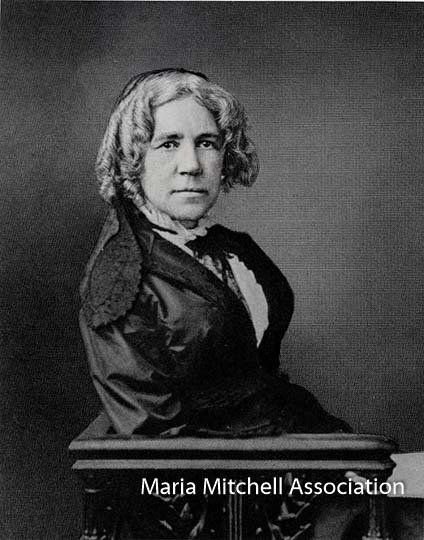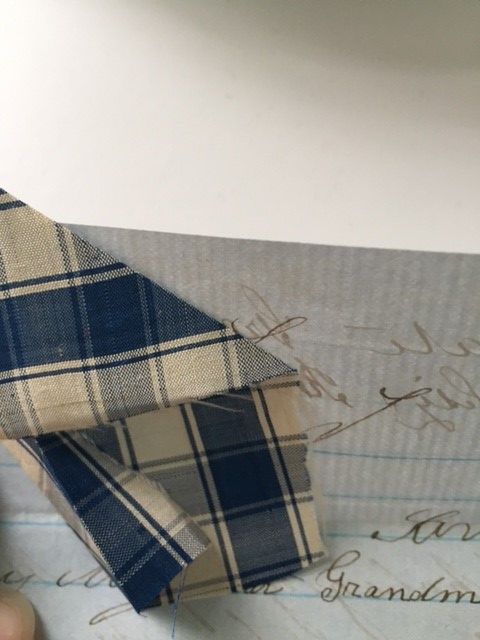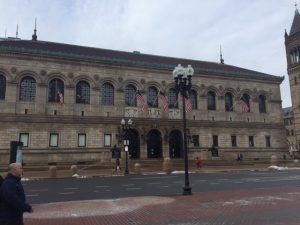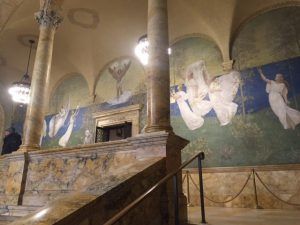A Trip to Beantown
A recent work-related trip up to Boston afforded me the opportunity for some professional development related field trips – and also a very gracious husband who took on the task of taking care of our three-year old son and eight-year old Siberian Husky – also known as two high energy bundles of lovable chaos – particularly when they decide to romp with one another!
My choice of hotel – historic of course! – was the lovely 1912 Fairmont Copley . I try for historic inns and hotels – of course! – and since I have already stayed at another grand dame that is even older – the Parker House Hotel (1855) – I decided to try another and one that was close to where I planned to do some museum-going and architecture-gawking. (The Copley is across the street from the Boston Public Library!)
Built on the site of the former
Museum of Fine Arts that was demolished in about 1911, the Copley sits on wooden pilings drilled down into what is the swamp that Copley Square and much of the area is built on. In fact, all of the “old” buildings are built on pilings including one of my first stops on my journey – the
Boston Public Library .
I took a very nice tour of the BPL having never done that before. I like to wander on my own and made sure to do that before the free tour that occurs once a day. There were about twenty people on the tour from all over, including Boston. The focus was of course on the McKim portion of the building and I have included images. I have written about the BPL before – Maria Mitchell’s nephew was a senior architect with McKim, Mead, and White and designed the library with that team. In fact, Maria’s name is inscribed on the exterior of the building. This was McKim’s way of cementing his legacy and frankly, building a palace for the people – a palace of learning for all as it continues to be today. He was involved in every level of every aspect from the statuary to the bronze doors to the tiniest detail. Further graces to the building include amazing murals by the likes of very well-known artists of the day including one of my favorites John Singer Sargent. And while I adore the late nineteenth century structure, I am almost just as captivated by the 1970s addition by Philip Johnson. And at the juncture between the nineteenth and twentieth century buildings, I spent some time in the Norman B. Leventhal Map Center taking in an exhibit.
Being a walker, I decided to walk from Copley Square to the Museum of Fine Arts – about 1.5 miles one way. Not bad, but as I came to recognize my island feet are just not use to pavement walking and by my return journey after walking all over the museum and the three plus miles of round trip walking, my feet were TIRED!
But it was well worth it. While it was extremely crowed due to it being a free day and the Lunar New Year celebration, I did find some space for myself to take in my musts-sees – – my favorite artist of the eighteenth century being John Singleton Copley. My favorites – “A Boy with a Flying Squirrel” (his half-brother), “Paul Revere,” “Mary and Elizabeth Royall,” and even the piece of wood with “Corkscrew on a Nail” – that is supposedly what he painted when as a guest at a house with no corkscrew to be found. And of course, I followed that up with my nineteenth century favorite Winslow Homer and then Mary Cassatt. I even had a moment to fully take in a work of marble by Harriet Hosmer – an American sculptor who worked in Italy and whom Maria met on her trip there in 1858. Maria described her as “mad-cap” and “a little brisk pretty girl.” From her descriptions and others that I have read, I would take her as being sprite-like but also a woman who was more free to be herself and to do as she wished well outside the realm of the “woman’s sphere” – particularly among her fellow artists of Europe.
Copley’s “Boy with a Flying Squirrel.”
A trip well spent – but oh my aching feet! The Doc Marten’s Store on Newbury was a must stop for new shoes on my march back to the hotel!
JNLF
Recent Posts









